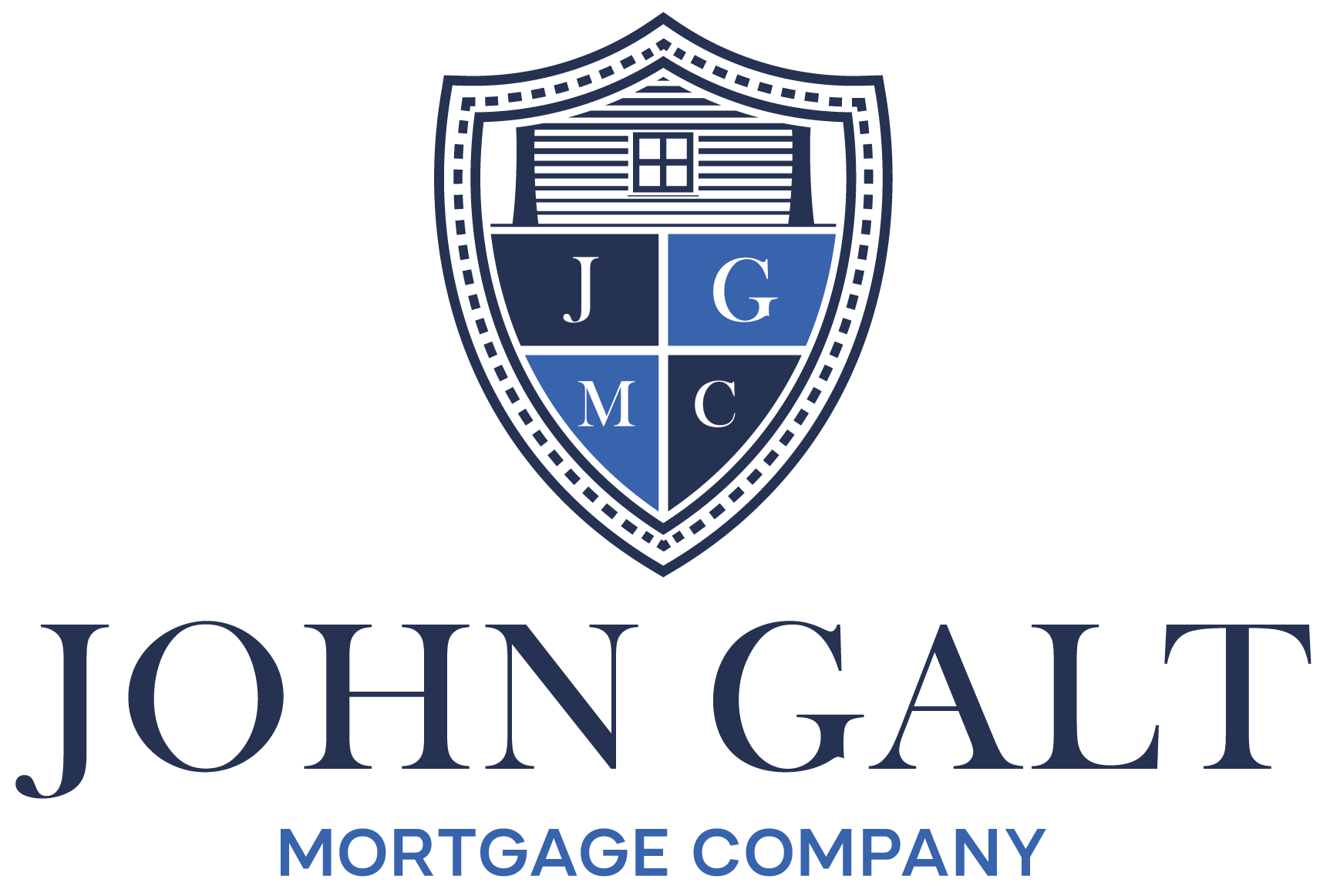
Reality check: A 20% drop in housing prices would be better for the economy than the same drop in the stock market.
Not everyone will agree with this statement. But not everyone is running a free-market-minded mortgage company.
We are, and we’re confident that this comparison matters (especially in today’s economy).
“Correction” might sound intimidating, but in the housing market, it’s a natural, necessary, and even healthy adjustment.
So… what is a market correction anyway?
Put simply, it’s a 10-20% drop in value that allows the free market to self-regulate. Or, in other words, it’s the opposite of what happens when the Fed plays puppeteer with interest rates and money printers.
You’ll notice that every time the government forcibly “corrects” the housing market, things get worse, be it in the short term or the long term. That’s not a happy accident; artificial price stability can be more damaging than organic volatility, and at this point in history, we have plenty of evidence to prove it.
Take, for example, the housing market pre-2008. (Oh, yeah. We’re going to go there.)
For years, housing prices rose steadily, giving the impression of overall market stability. Not so. Behind the scenes, the market was being bolstered by:
- Loose lending standards
- Government guarantees
- Low interest rates
- The fatal belief that the housing industry was “too big to fail”
Add in tax subsidies, zoning restrictions, and speculative buying, and the whole thing was a recipe for disaster.
Homebuyers were carrying loans they couldn’t afford. And we all know what happened after that.
When the housing market crashed, it was catastrophic. Foreclosures were around every corner, as well as bank failures and job losses. We plunged into a global recession that, as usual, we did not ask for, nor desire.
Artificial price stability delays the inevitable. But healthy volatility? That’s how markets self-correct, expose weakness early, and stay resilient.
You could say that volatility is the immune system of free markets. Suppress it too long, and you’re going to need a lot more than sunshine to bring it back online.
In a truly free market, prices are signals that warn of scarcity, demand, and value. So, when prices are distorted, misallocation occurs.
That’s why corrections can be beneficial — because they make room for the reallocation of resources to more efficient places. And in that way, they improve access and reduce inflation.
Now, regarding the stock market, corrections tend to reward long-term investors and encourage productivity and innovation. These things are great, and we have nothing against them. Take the dot-com boom, for example:
In the late 1990s, tech stocks were roaring. Even companies with no profits were racking up massive valuations simply for having “.com” in their names. Stock prices were soaring, not based on facts, but on pure hype.
Then, the 2000s hit. Internet startups that hadn’t earned the hype went bankrupt.
People lost money. Everyone hated it.
But in the long run, the dot-com crash was one of the better things to happen to the stock market. It cleared out the junk companies, forced a return to fundamental business practices, and made space for today’s giants to thrive (think Google and Amazon).
This market correction:
- Prevented the dot-com bubble from blowing up into something worse
- Reset expectations around the tech industry
- Paved the way for more sustainable growth
That all sounds good — so why is a housing correction still the better option?
The short answer: A housing correction can restore affordability and reduce inflation without disrupting the flow of investment and innovation (the way a stock market correction might).
That’s a pretty good deal.
Remember, corrections are natural and necessary. But artificially bolstering the economy is not.
In this scenario, we’re looking for a gradual price decline, not a rapid-fire crash. The free market produces one outcome, while the Fed produces the other.
You know which side of that aisle we’re on.
The bottom line? Stop fearing price drops. Start respecting healthy volatility.



